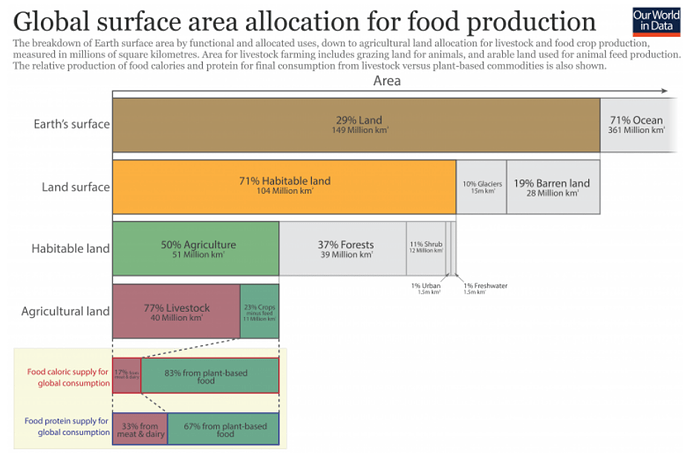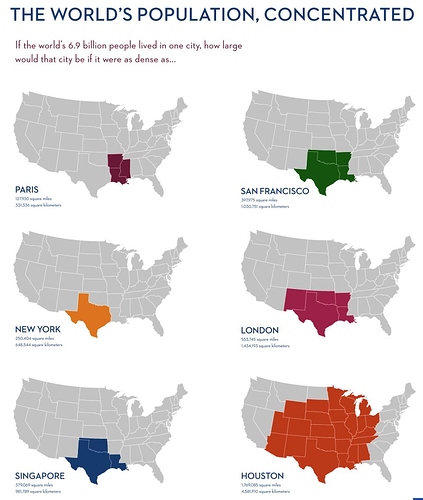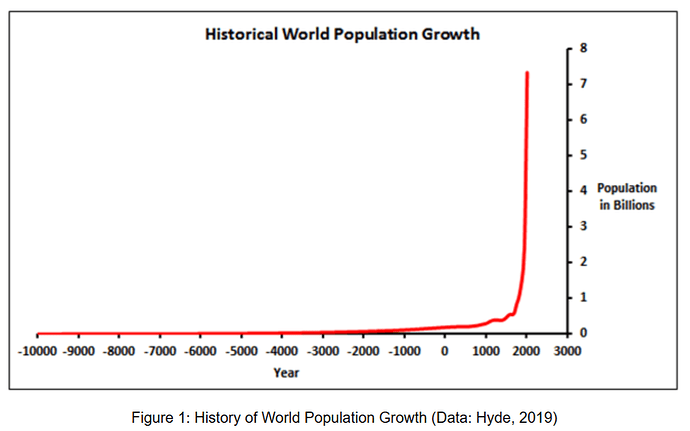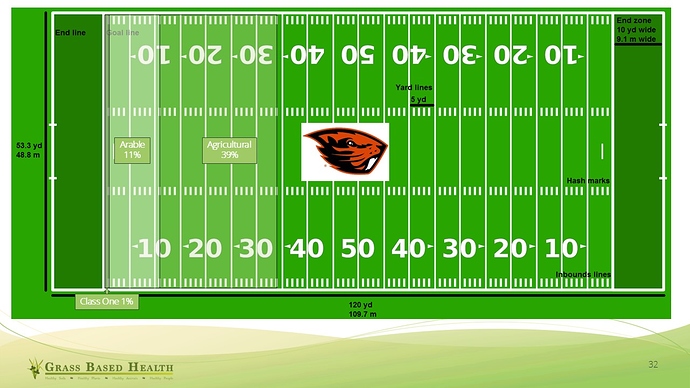It’s basically all very biased reporting. It starts with “the jungle” and “rainforests”. They are not ancient. Humans have used and changed them for tens of thousands of years. For all sorts of things. Cattle, crops. It’s not relevant, really.
If any of that is done right, it would be fine. The problem isn’t land use or clearing it. The problem is uncontrolled capitalism. Maximum profit for minimum effort and lowest acceptable quality.
We really don’t have to fight the principles of food production. That’s the one thing we should never compromise over. Hell, in the past, we would move just for food, over thousands of miles on foot.
If anything, that’s the one acceptable thing to change one’s environment for. Regenerative farming is a blessing for biology. Monocrops are a scourge. Switching between them is a good compromise. That’s not as profitable, of course. So we don’t do it.
The whole climate debate is a scam. Not because climate stuff isn’t important. But because they somehow distort that ■■■■ so much, it looks like a bagel. What it is, is a strawman.
If people would stop consuming junk food, we’d cut the global industry in half. Production of junk food and items plus medications to make up for them uses up more than 70% of energy and resources. We’ve become a hedonistic people dead set on gluttony with no regard for others. And we don’t want to change that. Well. Capitalists don’t want to change that. Only depressed, sick, and slightly stupid people are good customers. The easiest way to get those people is bad food, inhumane working conditions, and depression.
The issue is, healthy and sensible people aren’t capitalistically viable. Healthy bodies, healthy minds. We would not accept this crap at all. But we are distracted and basically poisoned to an early death. To me, that’s undeniable. It’s obvious. Look around at what people crave.
Cheap plastic stuff that breaks after a month. Cheap plastic food that breaks you after a decade. Cheap plastic people that break on a comment.
Just my morning coffee musings. Farming cattle will not harm the planet. Or us. Or the climate. It might be the last drop in that narrative. But you don’t avert a flooding by handling drops. The industrial floodgates that produce trillionaires, that’s another issue. Those need to close.
Imagine if we were all healthy. Almost no chronic diseases, no supplements, tons of hospitals, clinics, and doctors: obsolete, less mental issues and attached medications. All that industry, all that cost, all that energy, and all those resources.
And here they are telling us that it’s the healthiest food on the planet that has to go…
Makes total sense. Not. That’s the one thing where it is worth it.








 ) is not “get rid of all livestock.”
) is not “get rid of all livestock.”